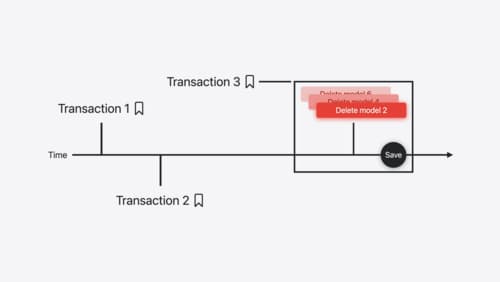explain eraseToAnyPublisher
Asked on 2024-08-06
1 search
The eraseToAnyPublisher method is not directly mentioned in the provided context. However, I can provide some general information about it.
eraseToAnyPublisher is a method in the Combine framework that allows you to hide the specific type of a publisher. This can be useful when you want to return a publisher from a function without exposing the exact type of the publisher, which can help in decoupling code and making it more flexible.
Here's a simple example:
import Combine
func fetchData() -> AnyPublisher<Data, URLError> {
let url = URL(string: "https://example.com/data")!
return URLSession.shared.dataTaskPublisher(for: url)
.map(\.data)
.eraseToAnyPublisher()
}
In this example, dataTaskPublisher(for:) returns a URLSession.DataTaskPublisher, but by calling eraseToAnyPublisher(), the function fetchData returns an AnyPublisher<Data, URLError> instead. This hides the specific type of the publisher from the caller, providing more flexibility in how the publisher is used.
If you have any specific questions about the content presented at WWDC, feel free to ask!

Migrate your app to Swift 6
Experience Swift 6 migration in action as we update an existing sample app. Learn how to migrate incrementally, module by module, and how the compiler helps you identify code that’s at risk of data races. Discover different techniques for ensuring clear isolation boundaries and eliminating concurrent access to shared mutable state.

Track model changes with SwiftData history
Reveal the history of your model’s changes with SwiftData! Use the history API to understand when data store changes occurred, and learn how to use this information to build features like remote server sync and out-of-process change handing in your app. We’ll also cover how you can build support for the history API into a custom data store.

Analyze heap memory
Dive into the basis for your app’s dynamic memory: the heap! Explore how to use Instruments and Xcode to measure, analyze, and fix common heap issues. We’ll also cover some techniques and best practices for diagnosing transient growth, persistent growth, and leaks in your app.
